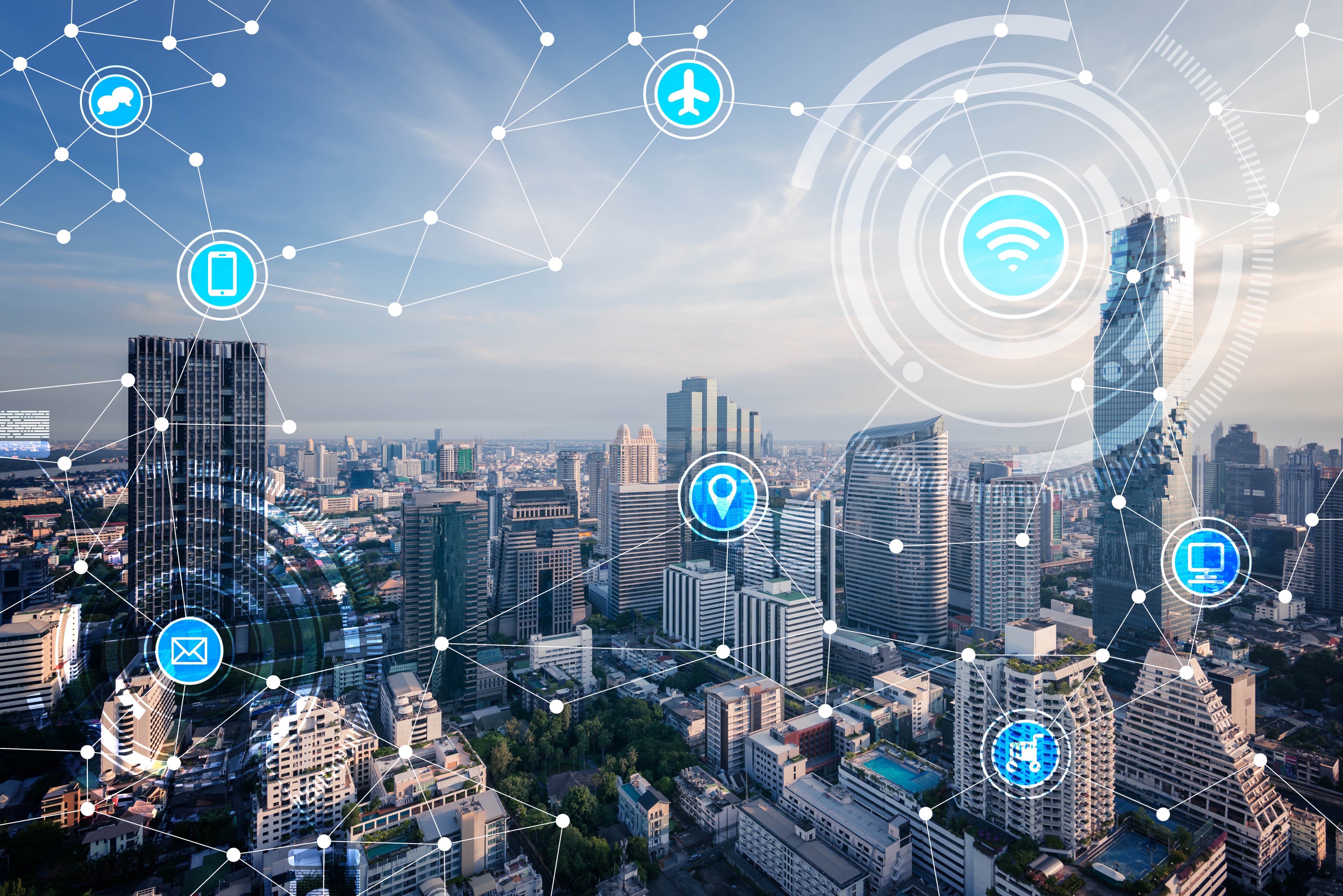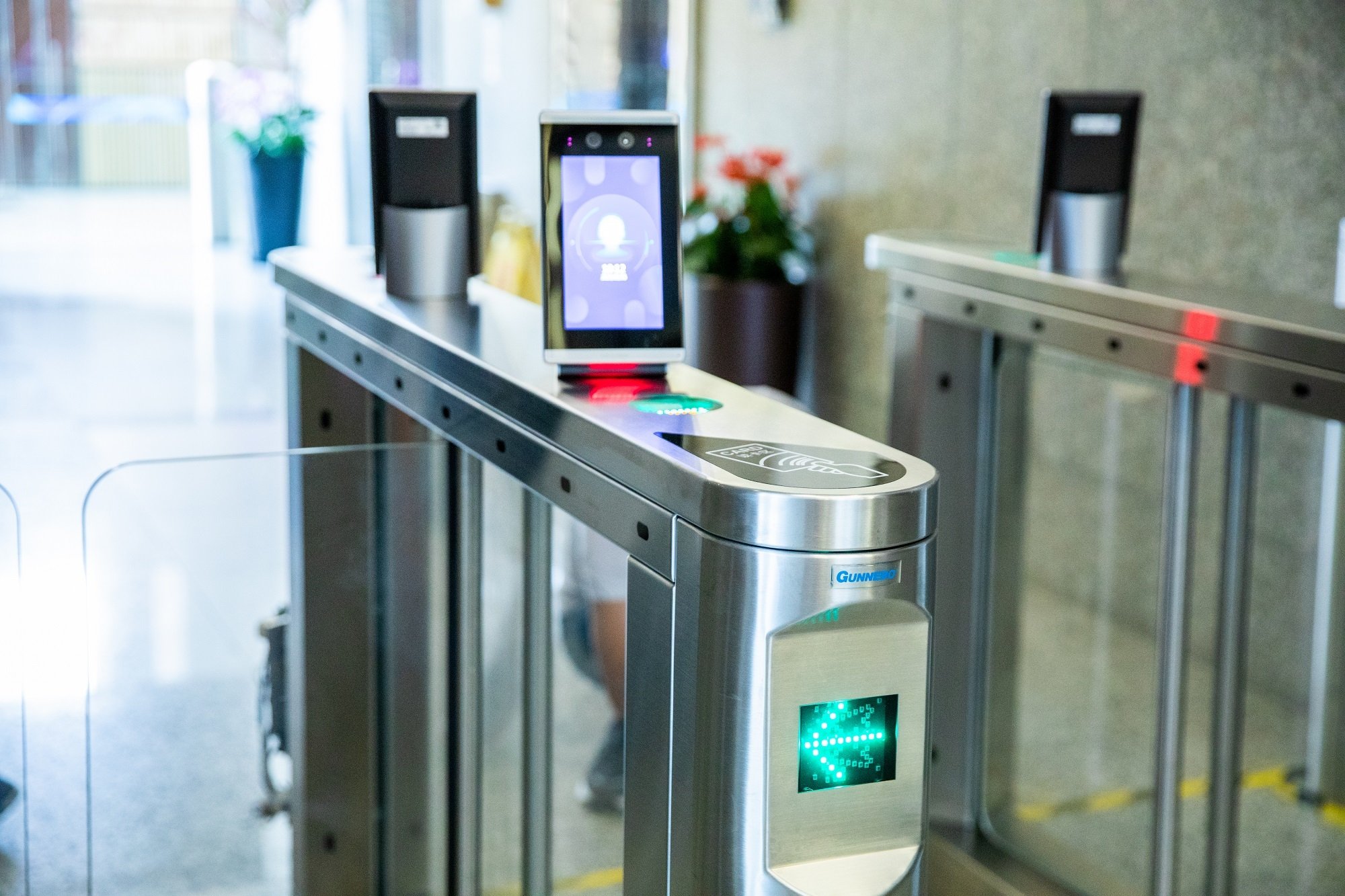The use of IoT in smart buildings and site security is explored to determine its impact on the developing architecture, construction and engineering industries.
The IoT, smart buildings and smarter security
IoT has thrived in the developing smart building market
Smart buildings are becoming increasingly commonplace, with more and more connected devices managing building operations via IoT (the internet of things). At the rate of development up until now, the global smart building market is expected to reach the value of over $160 billion by 2026, according to Acumen Research and Consulting, and as such, is growing at a rapid pace.
Smart devices are in the home, in the office and in mainstream society. As the world becomes more and more digital, smart devices are commanding a good percentage of the global digital market, and still exponentially expanding.
IoT connects devices and integrated systems to an internet network throughout buildings, thus creating a living, communicative information system from previously passive collections of objects. By the track record of IoT technology up until now, the global value of IoT is predicted to amount to $6.2 trillion by 2025 (securityworldmarket.com). As IoT becomes ever popular, the benefits of its use in the journey for a more sustainable, connected world should be considered.

Significant new opportunities offered by IoT
The IoT has made it possible that systems and operations are seamless, fast and above all, intelligent.
The IoT is now starting to have a transformative effect on smart building automation and control. By disrupting long established business models and offering significant new opportunities to improve the efficiency of buildings, the IoT can raise employee productivity as well as stimulating the development of innovative services.”
- Smart building magazine
A connected building can conduct its processes and procedures automatically based on sensor inputs, for example, the heating, lighting, directions of travel, allocated lift use, security and resource allocation can all be optimized based on the receipt of input signals and designated rules and algorithms.
Why use IoT?
IoT enables true multi-site, location control and all-round visibility without investing in expensive infrastructure or maintenance-hungry hosting solutions. These smart ways of working can achieve a more efficient, sustainable, user-friendly and optimized method of managing building operations, all via a connected handheld device.
Improving the productivity of building management staff by minimizing the administrative tasks they are required to perform, connected smart devices operate more autonomously than any person can, with rules and algorithms based on real world data that enact these jobs automatically. Smart devices in turn provide building staff the information to allow them to make informed decisions based on available data gathered from connected networks.
The rationale for this sharing of data and communication between devices being that it helps to achieve a common goal and joins up information systems for multiple reasons such as ease, convenience, user comfort, energy efficiency, lower cost of ownership and increased security.

Smart access control
Management of smart access control can be achieved whether onsite or on the move; connecting building management to their entrance control, regardless of location. This provides the owner with the capability to respond on the fly to requirements, providing 24/7 visibility and round the clock opportunity for analysis and appropriate action; a distinct benefit for optimized, more robust security.
Commercial buildings owners want to be able to monitor access to their buildings and make sure that they are a safe environment for all occupants. This makes simple installation and ease of use vital when it comes to putting access control systems in place. In many ways electronic access control is becoming wireless-first technology.
Mobile access is impacting how we interact with buildings and manage the security within. Our handheld smartphones are portable, secure and becoming more and more intelligent and capable of doing more with inbuilt advanced technology.
• For users, this device they already carry unlocks doors and other openings digitally.
• For facility managers, this same device manages access more securely, for multiple sites if required.
• Businesses benefit from time-saving security management at a lower total cost.
Harnessing the power of the data that can be used, intelligent automated security in new or converted smart buildings leverages this information for owners to customize, monitor and schedule options in their security over a wider area, negating traditional time and space constructs.
More sophisticated entrance control provides additional levels of security and encourages proactive security; cultivated information in order to visualize data, identify potential security flaws or breaches ahead of time, and determine pre-planning / on-demand reactive processes.

Devices that relay information to communicate with one another to respond in real time - all facilitated by the IoT - enable increased command of operations, working in an intelligent manner to make these systems much more efficient, with the power to dramatically change the way we operate our security in a wholly improved, fluid and smart way.
A good example of such applications is EntraLinq which provides the first IoT-enabled app solution for smart building intelligent entrance control.
For further information, please get in contact with one of our security experts here.

